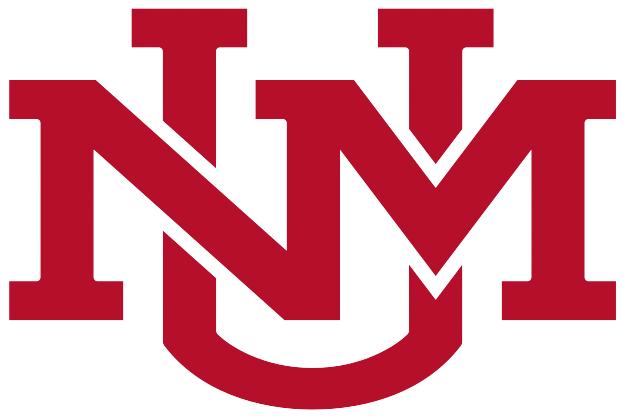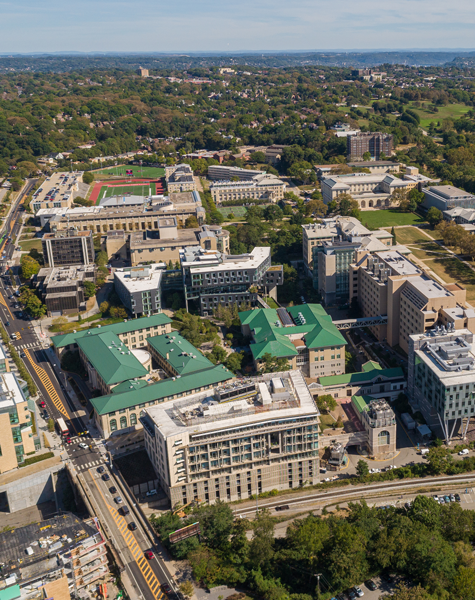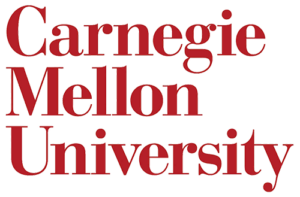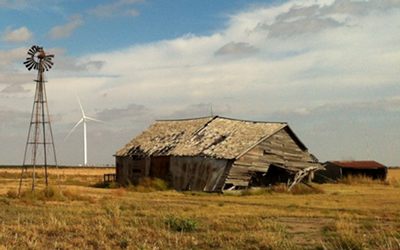The Need to Calculate Energy Usage
The University of New Mexico (UNM) is commonly referred to as “New Mexico’s flagship university.” Its main campus was founded in 1889 and currently consists of 165 facilities over approximately 800 acres in scenic Albuquerque. Six branch campuses across the state, including the state’s only academic medical center, add nearly 200 facilities, bringing the university’s total usable space to more than 12 million square feet.
Former University President, David J. Schmidly, identified the potential for substantial energy and cost savings at UNM and contacted Lobo Energy, Incorporated for assistance. Lobo Energy had been created in the late 1990s to address rising utility costs across the university and had previously focused on negotiating favorable utility rates and replacing aging, inefficient equipment. They were now tasked with making UNM campuses more energy-efficient through a comprehensive energy management program focused on continuous building performance analysis and occupant behavior modification.
EnergyCAP UtilityManagement™ is at the heart of UNM’s conservation efforts, serving as the data storage and analysis tool, performing measurement and verification (M&V) calculations, and reporting successes for all UNM campuses.
How UNM Calculated Energy Consumption
Shortly after arriving at UNM in 2007, now former University President David J. Schmidly observed during a nighttime drive that the lights were on throughout a high number of unoccupied campus facilities. He saw the opportunity to change the behavior and culture on campus to lower the institution’s energy costs and carbon footprint. Earlier in his career, he had successfully implemented a sustainability program at a previous institution and was convinced it would work again. Agreeing with the potential for substantial energy and cost avoidance opportunities, Lobo Energy hired five Energy Conservation Specialists to help change the “wasteful” culture at UNM and reduce the overall energy consumption. The Energy Conservation Specialists’ goal was to lead the effort and, per Matthew Cherrin, Vice President of Lobo Energy, the team is “constantly searching for nickels and dimes.”
A Smart Solution to Monitor Energy
Lobo Energy took multiple steps in response to President Schmidly’s request. First, they assigned an Energy Conservation Specialist to each maintenance area, ensuring “a dedicated focus” and consistent communication to make building occupants aware of the wasteful behavior that was taking place. Matthew Cherrin, the program’s current leader, explained that the conservation team implemented regular HVAC and lighting system audits, and focused on continuous monitoring of systems and people to identify “the zero- to low-cost opportunities that we could turn around without anybody having to put a lot of financial backing into it.”
Good communication is critical to the success of a behavior-based energy conservation effort, and UNM’s conservation team moved to establish strong relationships with those responsible for each building’s operation, including building occupants and physical plant personnel. The Conservation Specialists set out to change the culture by making people aware of wasteful practices, such as leaving a computer on overnight or failing to return an HVAC system to its proper operating schedule after completing a maintenance task. Cherrin said the Specialists “have to tell the story,” and to tell it correctly, they needed to have accurate data.
UNM’s primary energy data sources are the university-owned and -operated district energy system and the local utility companies that serve off-campus facilities and the branch campuses. University-installed meters provide energy consumption and production data for the school’s 13 MW cogeneration system, which includes chilled water, electricity, and steam for main campus facilities. UNM relies on vendor utility bills to complete the story. “Next,” Cherrin outlined, “we needed a place to store the data, and that’s where EnergyCAP UtilityManagement has been such a great tool for the University of New Mexico. We might have already had interval and utility company data, but we didn’t have a way of just looking at it on a very easy monthly basis. EnergyCAP UtilityManagement has made so many processes faster and easier for us.”
UNM’s campus energy data—interval data—is imported into EnergyCAP UtilityManagement via spreadsheets, while most vendor utility bills are scanned and imported via EnergyCAP Bill CAPtureSM . Manually entering the utility bill data would normally take a UNM staff member three to four hours to complete and included only total use and cost information. With Bill CAPture, bill processing and import time has been reduced to about 30 minutes, and, Cherrin explained, the Bill CAPture service has “taken away user error” and provides valuable use and cost metrics that were not previously tracked.
After the data collection process was in place, UNM assigned one person to audit the university’s energy consumption and monitor overall program performance. A key factor in that analysis in the establishment of a baseline against which progress can be measured. That baseline was created through EnergyCAP UtilityManagement’s Cost Avoidance (M&V) functionality, which normalizes for multiple factors—changing weather conditions, square footage changes, billing period length—to calculate monthly use and cost avoidance numbers. The use and cost avoidance figures, which document the impact of energy conservation measures, are then communicated university-wide through EnergyCAP UtilityManagement reports. Cherrin emphasized that consistent reporting is the university’s “number one feedback tool to gain buy-in from [building] occupants. You really have to figure out who you’re talking to, who your audience is, and show them the reports that help them figure out their job.”
Within the broader audience, UNM also identified program “champions” among building occupants and those outside the building. The Lobo Energy team learned quickly that those impacted by changes—employees, students, managers, maintenance personnel—have different motivations for participating in the conservation effort. Some assist due to environmental concerns, others help to improve comfort for building occupants, and some are motivated by the financial benefits. Cherrin also emphasized that his team does not “force the issue” of change. Instead, they suggest trial runs and working cooperatively for long-term success.
Being familiar with each building’s space type and specific systems has also been critical to the energy conservation specialists’ success. System knowledge gives the Specialists more credibility with physical plant employees and results in a more productive and cooperative relationship. Program preparation—gathering data and learning the systems—often takes a few months, but from there, the conservation process is very repetitive and follows a specific flowchart that always ends with energy conservation.
Conservation Specialists analyze data on a daily basis, identify new savings opportunities, and meet with the appropriate personnel to put a plan in place. EnergyCAP UtilityManagement reports are critical to the process and enable the team to evaluate performance at campus, building, and individual meter levels.
ASHRAE Level 1 and 2 energy audits are used to supplement the EnergyCAP UtilityManagement reports and analyses. Level 1 audits are relatively simple to perform and include building walk-throughs, brief interviews with building personnel, and energy use reviews. Level 2 audits use information garnered from the Level 1 audit and go deeper, via online, unoccupied, and occupied building audits, to identify potential energy conservation opportunities. Issues may be identified within the building envelope, lighting, HVAC, or occupant behavior, and the goals are to identify issues that can be resolved in a timely fashion and with little or no financial backing required.
Cherrin stated that the conservation team “never stops looking for failures and successes.” Consistent communication and continuous commissioning have been instrumental to the program’s long-term success, and those happen because the university has a team dedicated to monitoring building performance and energy consumption. “The Conservation Specialists are the eyes and ears of the program,” Cherrin explained.

 Best-in-class portfolio-level energy and utility bill data management and reporting.
Best-in-class portfolio-level energy and utility bill data management and reporting.
 Real-time energy and sustainability analytics for high-performance, net-zero buildings.
Real-time energy and sustainability analytics for high-performance, net-zero buildings.
 A holistic view of financial-grade scope 1, 2, and 3 carbon emissions data across your entire business.
A holistic view of financial-grade scope 1, 2, and 3 carbon emissions data across your entire business.
 Energy and sustainability benchmarking compliance software designed for utilities.
Energy and sustainability benchmarking compliance software designed for utilities.





